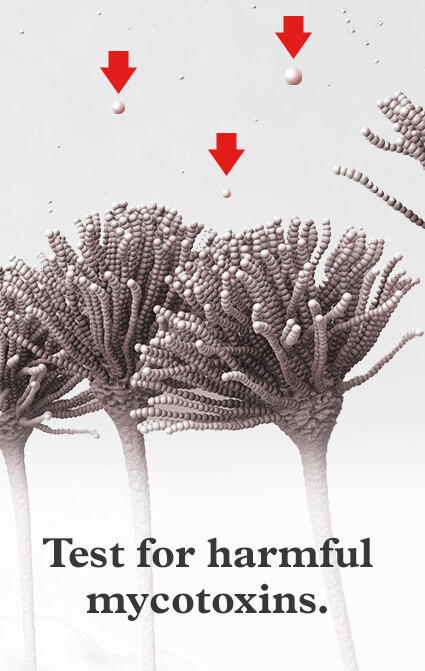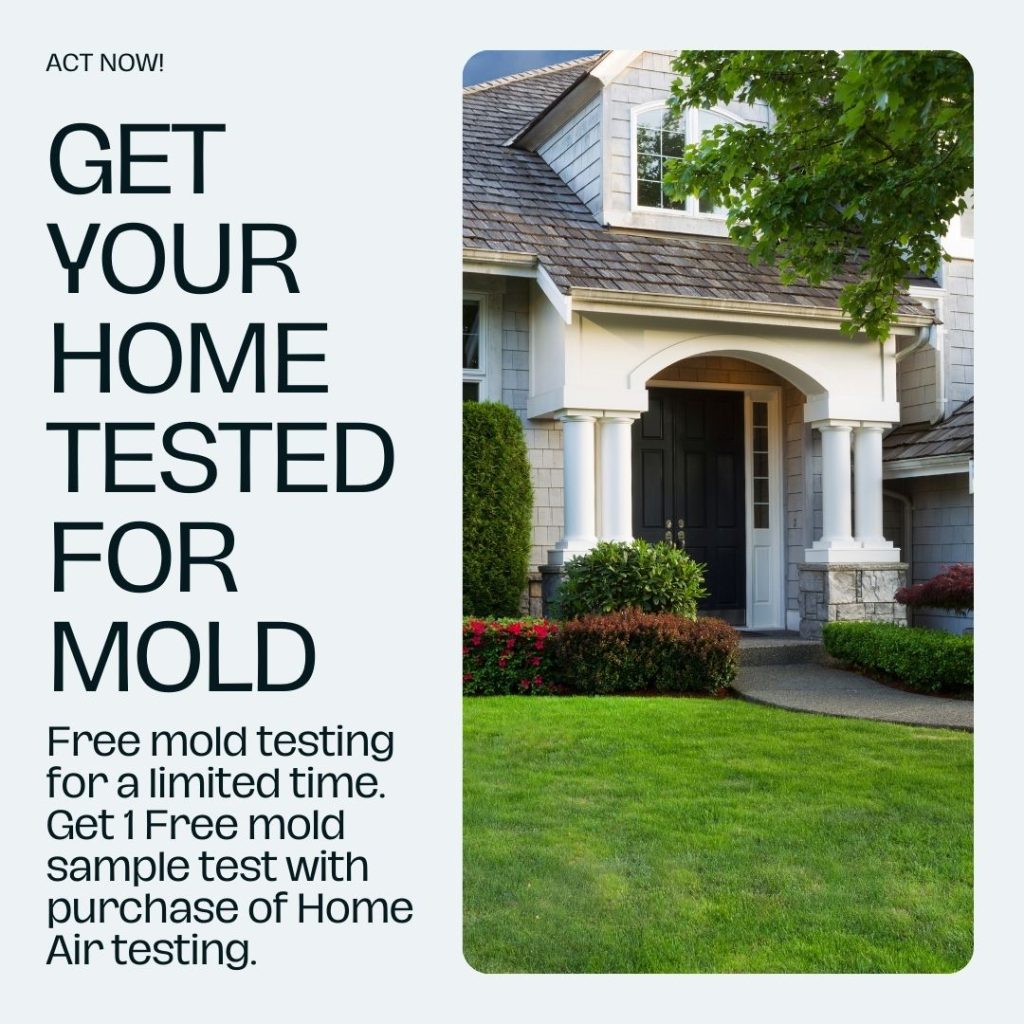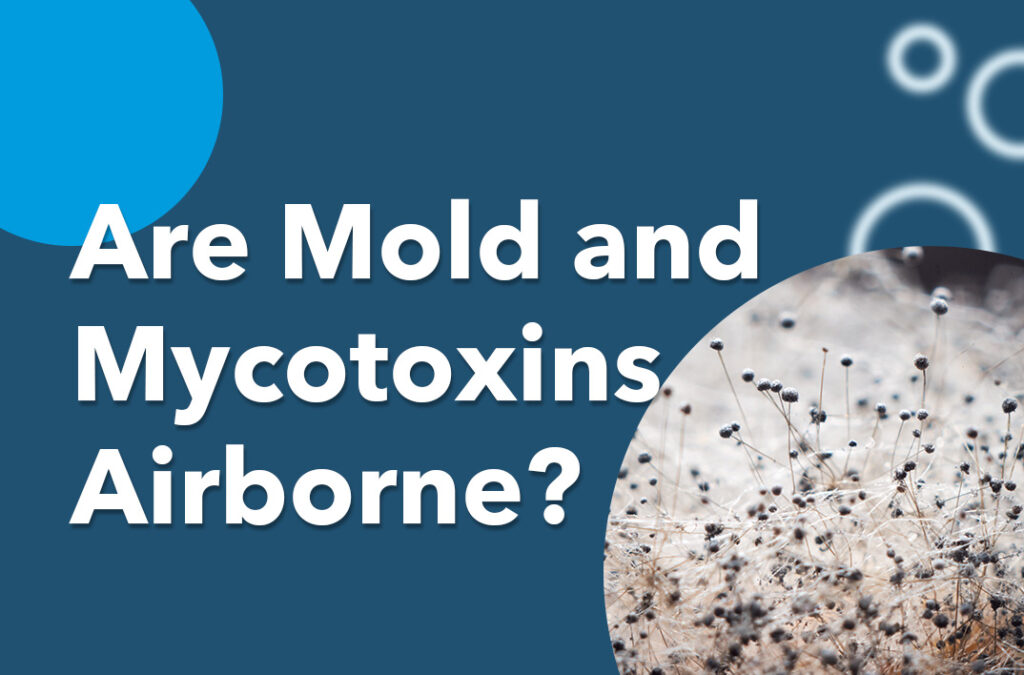How Mycotoxin Testing Assists Prevent Contamination and Secure Food Materials

Mycotoxin screening is an important method in the food market, offering as a frontline protection versus contamination by unsafe toxins generated by mold and mildews. Through the application of advanced methods like High-Performance Liquid Chromatography (HPLC) and Fluid Chromatography-Mass Spectrometry (LC-MS), food producers can properly measure and detect mycotoxin levels in farming products.
Understanding Mycotoxins
Understanding mycotoxins starts with recognizing that they are hazardous secondary metabolites generated by specific molds, which can pollute farming items. These metabolites are not crucial for the growth or recreation of the fungis but can have serious implications for animal and human wellness. Mycotoxins are commonly found in staple crops such as corn, wheat, barley, and nuts, where they can proliferate under specific problems of wetness and temperature.
There are several kinds of mycotoxins, each created by different fungal varieties. Fusarium varieties produce fumonisins and trichothecenes, both of which are linked with different acute and persistent health and wellness issues.

Risks of Mycotoxin Contamination
The threats of mycotoxin contamination are diverse, posing significant threats to both food safety and security and public health and wellness. Mycotoxins, harmful compounds generated by particular sorts of fungis, can pollute a broad range of farming items consisting of cereals, nuts, spices, dried fruits, and coffee. When these toxins infiltrate the food supply, they can bring about significant health and wellness concerns such as liver damages, kidney failing, and even cancer cells. Prone populaces, consisting of kids, the senior, and immunocompromised individuals, are especially in danger.
Economic influences are another major problem. Infected crops can cause substantial economic losses for farmers and food producers as a result of minimized yields and the requirement for pricey decontamination procedures. International profession can be dramatically hindered as countries impose stringent mycotoxin laws to protect their populations, leading to declined deliveries and stretched profession connections.
Environmental aspects such as environment change intensify the danger of mycotoxin contamination. Variations in temperature and humidity can create desirable problems for fungal development, raising the chance of contamination occasions. Hence, understanding and reducing these dangers are vital for ensuring the safety and stability of worldwide food materials.
Techniques of Mycotoxin Checking
Precisely determining mycotoxin contamination in agricultural products is vital for securing public wellness and keeping food safety and security criteria. Numerous approaches are used to find and measure mycotoxins, each offering certain benefits and restrictions.
High-Performance Fluid Chromatography (HPLC) is an extensively used method due to its high level of sensitivity and accuracy. It includes separating mycotoxins from various other materials in an example, making it possible for accurate quantification. Likewise, Liquid Chromatography-Mass Spectrometry (LC-MS) incorporates fluid chromatography with mass spectrometry to supply in-depth molecular information, making it particularly useful for identifying multiple mycotoxins all at once - Mycotoxin testing Services.

Gas Chromatography-Mass Spectrometry (GC-MS) and Thin-Layer Chromatography (TENDER LOVING CARE) are likewise utilized, each with distinct applications. GC-MS is efficient for volatile mycotoxins, while TLC offers a simpler, cost-effective choice for initial testing.
Benefits of Routine Checking
Routine testing for mycotoxins in farming items uses many benefits, substantially contributing to public health and food safety. By determining contamination early, routine testing aids stop the distribution of toxic foods, therefore decreasing the risk of mycotoxin-related diseases among customers. This positive method not only safeguards human health but additionally improves the overall quality of food products.
Various nations and areas have established stringent limitations for mycotoxin degrees in food and feed. Adhering to these limits with regular screening makes certain that distributors and producers meet legal requirements, therefore avoiding penalties and trade obstacles.
Furthermore, routine mycotoxin screening can bring about significant economic benefits. Early detection of contamination permits prompt treatment, lowering potential check over here losses from widespread contamination. Executing regular screening methods can likewise lessen recall expenses and associated responsibilities, which can be monetarily ruining.
In addition, normal screening gives important data that can notify much better agricultural practices and storage problems. By recognizing patterns of contamination, manufacturers can take on safety nets, therefore minimizing future threats and adding to the sustainability of the food supply chain.
Applying Evaluating Protocols
Executing reliable mycotoxin screening protocols is crucial for ensuring the safety and security and high quality of farming products. Each stage should be scrutinized to identify where mycotoxin contamination is most likely to occur.
As soon as vital control points are identified, picking ideal screening approaches is important. Typical techniques include enzyme-linked immunosorbent assay (ELISA), high-performance liquid chromatography (HPLC), and mass spectrometry (MS) Each approach has its weak points and staminas; hence, selecting the correct one relies on the certain mycotoxin being tested, the needed level of sensitivity, and available sources.

Finally, integrating the screening protocols right into a detailed food safety monitoring system is recommended. This boosts traceability and allows speedy rehabilitative actions when contamination is detected, consequently protecting the honesty of the food supply chain.
Final Thought
Mycotoxin screening is vital in preventing contamination and securing food supplies by allowing very early detection of dangerous toxins produced by mold and mildews in farming products. Advanced approaches such as HPLC and LC-MS guarantee conformity with safety and security policies and shield consumers from health and wellness threats. Regular testing enhances brand online reputation, financial stability, and rely on food safety by reducing contamination-related losses and preserving high criteria in food manufacturing. Executing extensive screening methods is thus crucial for the sector's overall well-being.
Mycotoxin testing is an important technique in the food market, offering as a frontline defense versus contamination by dangerous toxic substances generated by mold and mildews. An integrated approach involving agricultural techniques, storage space management, and routine testing can alleviate the threats connected with mycotoxin contamination, ensuring food safety and public health.
The threats of mycotoxin contamination are complex, presenting significant risks to both food safety and public wellness.Normal testing for mycotoxins in agricultural items uses various benefits, significantly adding to public health and wellness and food security.Mycotoxin testing is important in preventing contamination and guarding food materials by enabling very early detection of harmful contaminants created by molds in agricultural items.